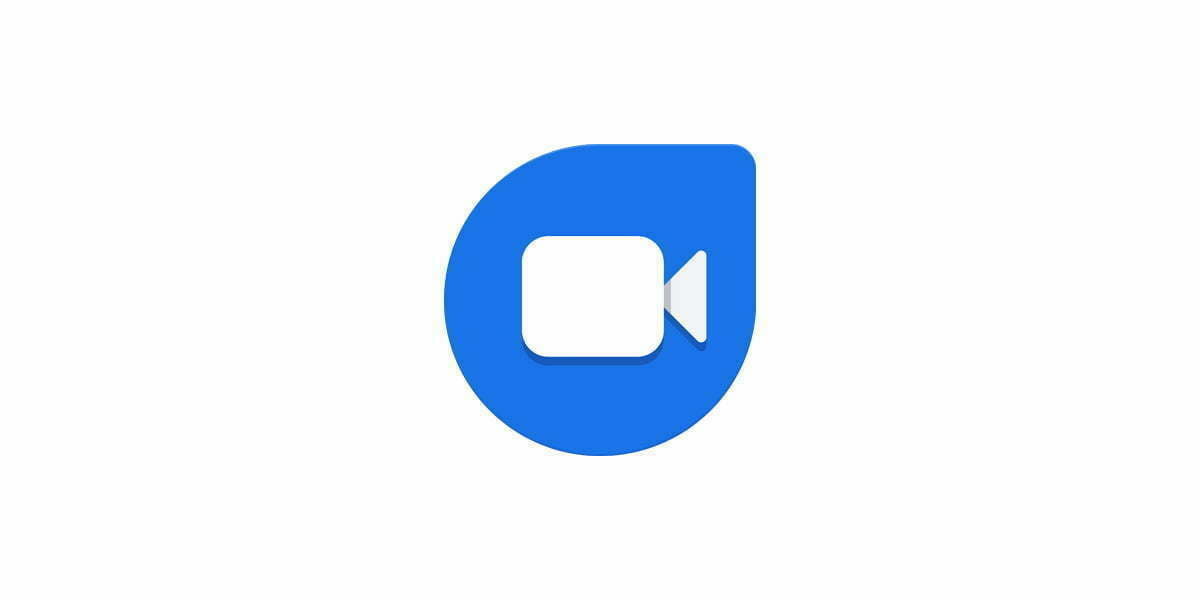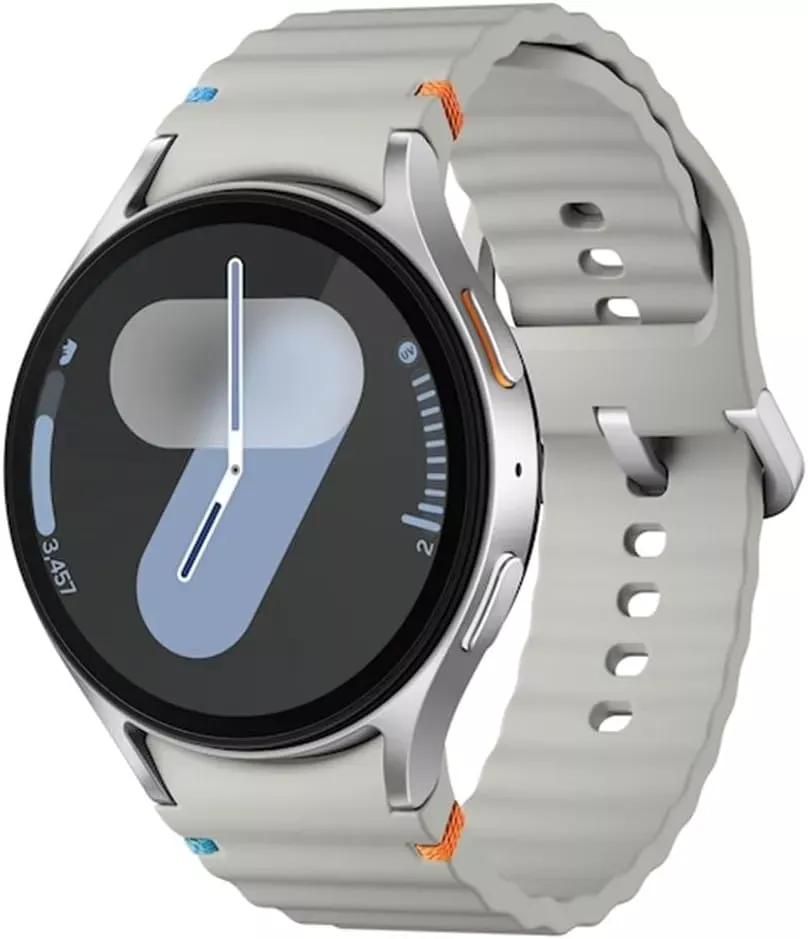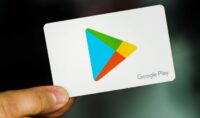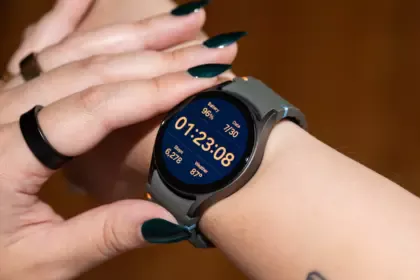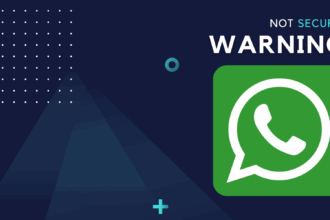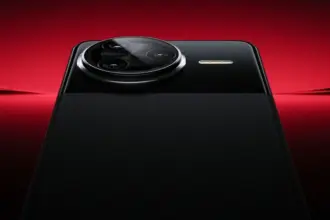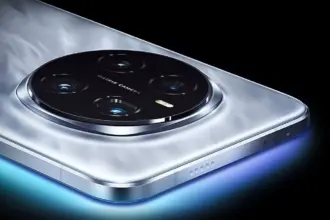After years of making (and breaking), Google confirmed earlier this month (then removed the tweet) that its Duo video calling service would soon be available for screen sharing. The feature did not instantly go live, but is finally making its way to users now. My husband’s OnePlus 7 Pro was considered worthy of getting it by the server-side switch gods, but my Pixel 4 XL with Android 11 is not nice enough (no, I’m not bitter). But all you need is for it to be live to do the sharing on one unit, so we took it for a ride. Prepare for the relentless Ritas, you were warned.
It is as easy to toggle on screen sharing as pressing the overflow button (three dots) at the bottom right of the mid-call Duo screen, then selecting Screen share. Since this is an update from the server side, not everybody has it yet. If you want to reveal confidential information during the call, a pop-up will ask you to choose Start now and you’re good to go. What’s on your screen is going to be shared with another person.
While you’re still in Duo, the outcome is a funny beginning, but you can quickly back out of the app and use your phone as usual. The PIP window is not activated, so when sharing your screen with them, you can’t see the other person, but that’s all for the better, because you don’t want the PIP to appear on their side and thus further confuse them. The only signs that you are in this mode are the red Chrome icon in the status bar (similar to when the screen is being registered or cast) and the Duo notification with the options to terminate the call or simply interrupt the screenshare. A pop-up will ask if you would like to go back to using your front camera if you select the latter one. (Note: this dialog may be the product of my brother using a OnePlus 7 Pro with a pop-up camera that required confirmation to spring up. It may not be seen by phones with no pop-up cam.)
At the end of the receiver, when the sender’s screen sharing is enabled, the video will briefly cut off to a blue screen, but if it works, you can see their screen and can follow along with what they do. The only difference is that your own tiny video stream window on the top right is already open to you. This produces another inception-like impact for the first few seconds of the share, of course.
And that’s the gist of it, basically. In our experience, even though we were on a slow connection, it worked well. When you are both on a good Wi-Fi or 4 G link, the output should be higher.
Screen sharing is an integral part of any video calling service, not just for those who want to demo stuff to other users, but also if a friend or family member needs to provide fast tech help. For that reason alone, I needed this feature because I’m tired of asking my parents to “describe what you see” or “take a screenshot and send it to me” when trying to help with a problem remotely on their computer. Through this, I should be able to clarify how the screen is shared and I can see all from then on and thus provide anyone involved through rapid and frustration-free support.
As this is still a server-side rollout, the functionality is not yet available to all. Duo v105.0.331 (APK Mirror) is run by both my husband and I, but he has it and I don’t. Make sure you’re on this or a newer update to boost your chances, and keep testing. Soon we can all have it, hopefully.
Here below you can download:

